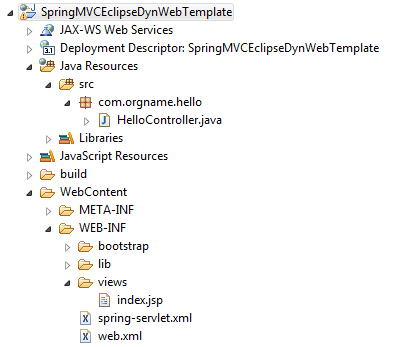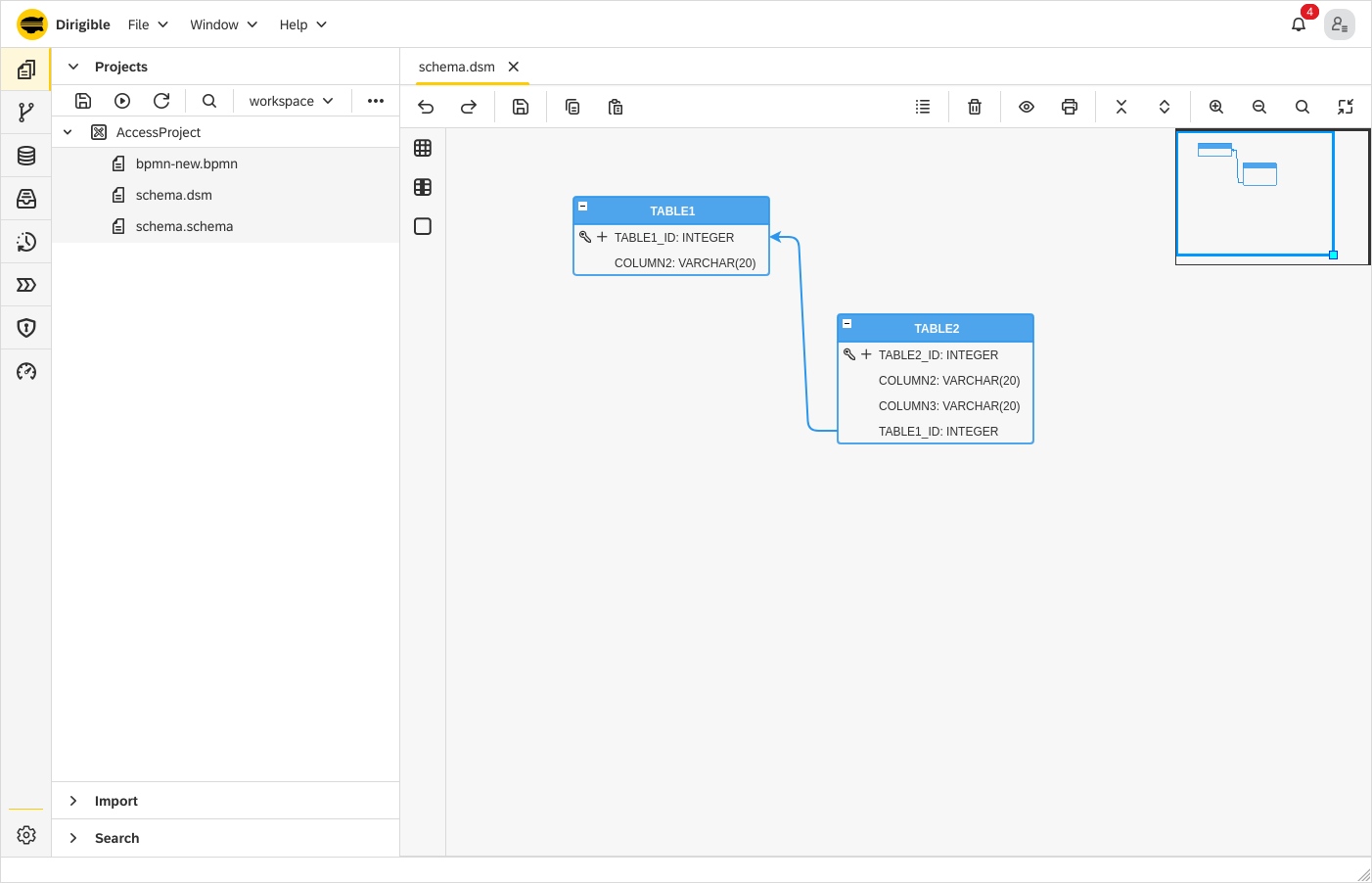

You may need to also right click on the project, select Properties, select Deployment Assembly, and add. You may need to right click on the project, select Properties, select Java Build Path, and add. Select the WebContent folder, give the file a name such as index.jsp, and select Finish. In the left panel of Eclipse, right-click on myApp and select New > JSP File. At the Web Module prompt, check Generate web.xml deployment descriptor and select Finish. Give your project a name, such as myApp, setup a server target runtime, and select Next.Īt the Java prompt, select Next.

JST Server Adapters and JST Server Adapters Extensions (these are needed so that you can run your Dynamic Web Projects on an application server such as Tomcat, JBoss, or WebSphere in Eclipse).In Eclipse, select File > New > Dynamic Web Project. If you do not have an option to select Dynamic Web Project, select Help > Install New Software, select a site from the drop down, and then select the following: Set Java Runtime Environment (JRE) Project Facets in Eclipse.Set Java Runtime Environment (JRE) System Library in Eclipse.Set Java Runtime Environment (JRE) Compiler in Eclipse.Set Java Runtime Environment (JRE) in Eclipse.For example, if the application server is using Java Runtime Environment 8u311 then I would download and install Java Runtime Environment 8u311 on my system running Eclipse. When possible, I like to ensure that Eclipse is configured with the same Java Runtime Environment (JRE) as the application server. Almost always, you will be deploying your Java application to an application server such as JBoss, Tomcat, or WebSphere.


 0 kommentar(er)
0 kommentar(er)
